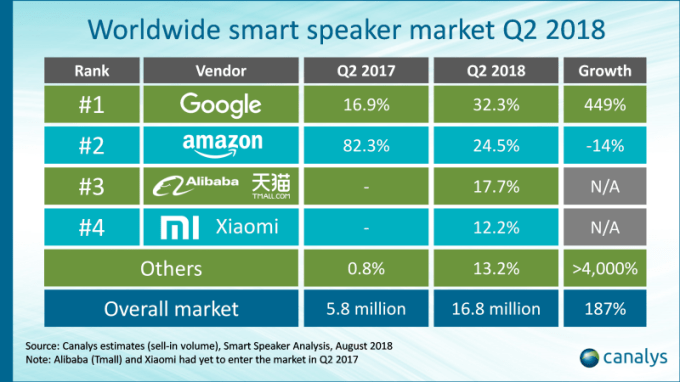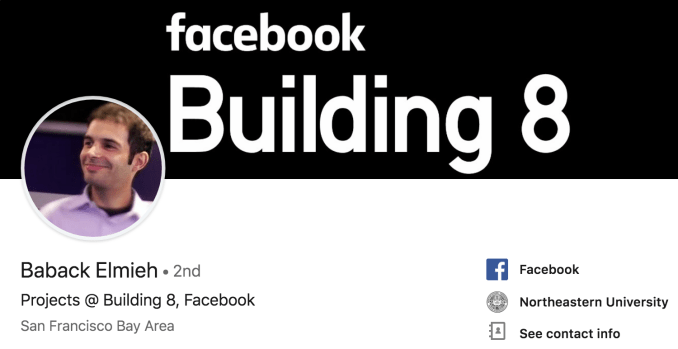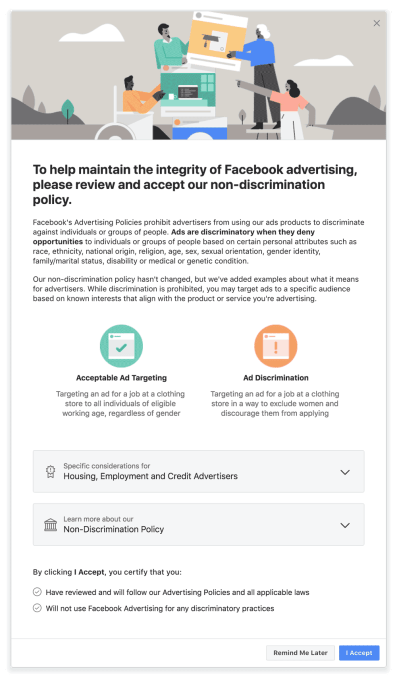A study of circumstances and demographics attendant on attacks against refugees and immigrants in Germany has shown that Facebook use appears to be deeply linked with the frequency of violent acts. Far from being mere trolling or isolated expressions of controversial political opinions, spikes in anti-refugee posts were predictive of violent crimes against those groups.
The study was conducted by Karsten Müller and Carlo Schwarz of the University of Warwick. Their theory was that if country-wide waves of “right wing anti-refugee sentiment” result in subsequent waves of actual crime; these waves would travel the way any others do, via TV, word of mouth, radio, and of course social media.
Now, if the anti-refugee rhetoric spreads via social media, then we can expect more crimes to occur in areas where there is more social media use, right? And specifically, areas where there is more activity among anti-refugee groups would see the most.
To test this theory, Müller and Schwarz used activity on a pair of major Facebook pages in Germany to measure social media use in general and specific to right-wing groups. For right-wing activity they looked at page of the “Alternative for Germany” party, the most popular anti-immigration political faction in the country and one that does not attempt to control the conduct on its threads. As a measure of overall Facebook use, they used Nutella’s popular public German page.
With hundreds of thousands of posts and comments broken down by area, the researchers were able to identify overall patterns of social media use, and then isolate anti-refugee sentiment within that. Their findings are unambiguous:
Using these measures, we find that anti-refugee hate crimes increase disproportionally in areas with higher Facebook usage during periods of high anti-refugee sentiment online. This effect is especially pronounced for violent incidents against refugees, such as arson and assault. Taken at face value, this suggests a role for social media in the transmission of Germany-wide anti-refugee sentiment.
A quick estimate on their part suggests that the social media activity may have increased attacks by 13 percent or so — not a number to be quoted as definitive, but rather an indicator that we are not quibbling over half a percent here and there but meaningful numbers.
But the researchers are also careful both to carefully define the scope of those findings:
We do not claim that social media itself causes crimes against refugees out of thin air. In fact, hate crimes are likely to have many fundamental drivers; local differences in xenophobic ideology or a higher salience of immigrants are only two obvious examples. Rather, our argument is that social media can act as a propagating mechanism for the flare-up of hateful sentiments. Taken together, the evidence we present suggests that quasi-random shifts in the local population’s exposure to such sentiments on social media can magnify their effect on refugee attacks.
…and to account for the many confounding variables that may invisibly affect the data, of which below.
Correlation vs causation
No doubt many readers will be skeptical of any study like this one; after all, these are very complex issues with many moving parts, and correlations may appear between things regardless of whether those things directly cause or effect one another. Fortunately the researchers foresaw this objection and were circumspect in their delineation of the link between social media use and attacks.
There are a handful of prominent possible alternative explanations, which the paper deals with in various ways.
First is the possibility that attacks are just more likely in areas where there is heavier social media use. This was my first thought: where are conflicts likely to occur? In places with dense and diverse populations, which seem likely to also have more internet and social media use.
This is dispatched in several ways. In the first place, the study looks at changes in violence levels within an area, not across the whole of Germany. In other words, the pattern of anti-immigrant posts preceding anti-immigrant violence is seen whether it takes place in a smaller town with low levels of social media engagement, or in larger cities where Facebook use is much more frequent.
Next, the Nutella control group provides a measure of social media activity independent of political issues — so patterns of use for a broad swath of users associated with seasons, weekly rhythms, holidays and so on can be identified down to the level of the county. When a population deviates from that pattern, you can be reasonably sure that something about that population is driving that deviation.
Something they couldn’t exactly control but is nonetheless useful is seeing how various internet and Facebook outages affect the patterns. It turns out that internet disruptions completely eliminate the increases in violence normally seen during a country-wide wave of anti-immigrant sentiment. Furthermore, they write, “the effect of refugee posts on hate crimes essentially vanishes in weeks of major Facebook outages.”
Spikes in activity expressing negative feelings towards other frequently targeted groups, for instance Jews, were not associated with increases in refugee-related violence, so it isn’t just that people lash out when they are feeling especially hateful.
Lastly, the researchers showed that other coverage of refugee-related issues, like that by major news outlets, drives local engagement in the form of protests, but does not seem to predict violent acts.
As the researchers say, Facebook isn’t just plain causing violence to happen. The places where it happens are often historically right-wing places that have had higher incidence of violence and hate crimes in the past. But it seems inescapable that Facebook is nevertheless an important way that refugee-related hatred and vitriol in particular is spread, as evidenced by the lack of increases in violence when the social network is unavailable.
The connection seems clear: hateful content spreads via Facebook and where it is engaged with the most, there you find the most violence. On its face this doesn’t seem like something Facebook can moderate away — it’s a natural consequence of how the fundamental social media ecosystem pioneered by Facebook works. Having it repeatedly and systematically connected with increases in violence isn’t a good look.




 Wong also found the Aloha logo buried in Facebook’s code, which features volcano imagery. I can confirm that I’ve seen a Facebook Aloha Setup chatbot with a similar logo on the phones of Facebook employees.
Wong also found the Aloha logo buried in Facebook’s code, which features volcano imagery. I can confirm that I’ve seen a Facebook Aloha Setup chatbot with a similar logo on the phones of Facebook employees.



 Facebook has long tinkered in the voice space. In 2015, it
Facebook has long tinkered in the voice space. In 2015, it 

